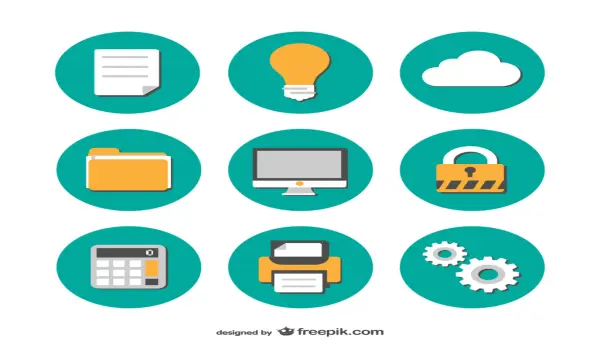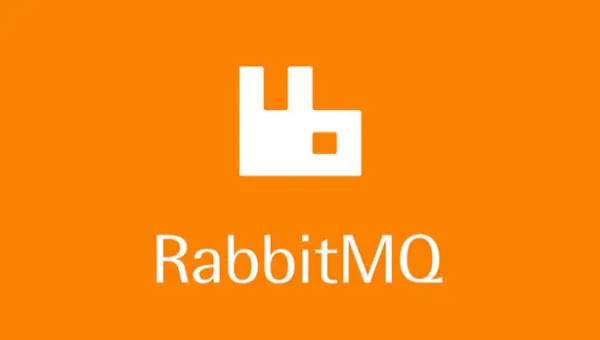In MicroServices using Spring Boot & Spring Cloud – Part 1 : Overview, we took a brief look at what are micro-services and how we can use SpringBoot and SpringCloud to build micro-services.
In this post, we are going to learn:
- What is the need for Spring Cloud Config and Vault?
- Create our first micro-service: catalog-service
- Create Spring Cloud Config Server
- Using Vault for storing sensitive data






